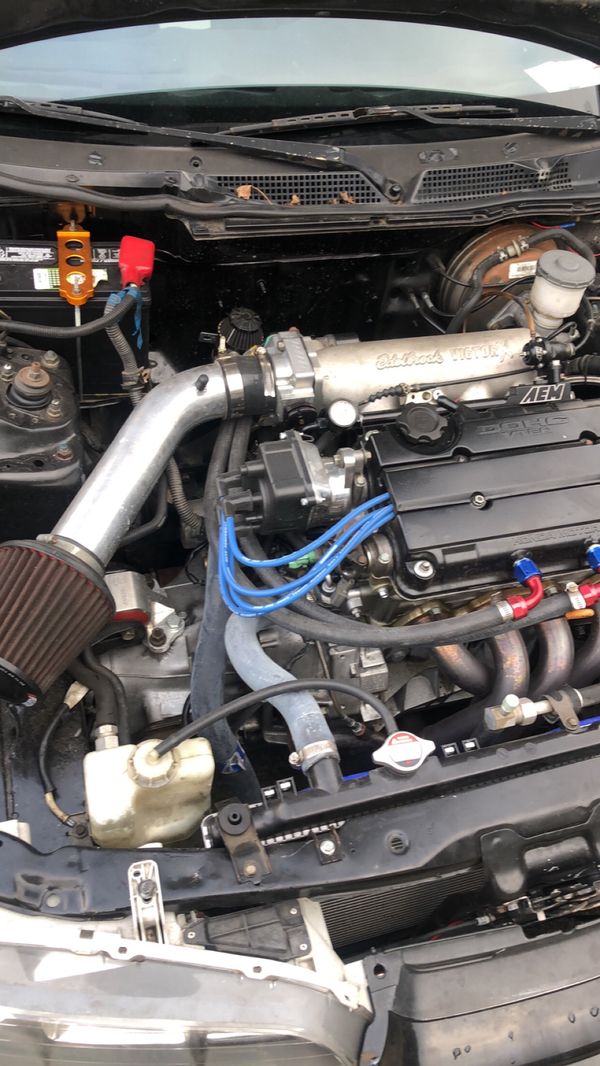
īeing designed as the successor of the Honda Quint, the Integra is closely related to the Civic, although it featured a small list of key upgrades over its smaller stablemate to help merit a price increase over the CRX Si, which was otherwise the sportiest subcompact vehicle being offered by Honda Verno enlarged 4-wheel disc brakes replaced the small front-disc/rear-drum setup used by the Civic and CRX, suspension calibration was re-worked, better tires were used and a 113- hp DOHC fuel-injected 16-valve engine was used in place of the SOHC unit from the CRX Si. Largely unencumbered by emissions regulations, British market cars produce 85 PS (63 kW) in the 1.5 and 125 PS (92 kW) in the 1.6-liter EX16. The styling reflected the popularity of Honda's performance coupe, the Honda Verno sports coupe companion Honda Prelude, with the Integra offering a coupe for added cargo accommodation, and a slightly smaller appearance to the larger Honda Vigor. The first Integra never became as popular in Europe as it did in the US, but was praised by most motor magazines for its styling and overall road performance. This was considered as a drawback to its European competitors such as the Peugeot 309 1.6 injection and the Renault 11 Turbo, that all could be equipped with comprehensive, albeit expensive, equipment. The Integra EX16 did offer a sunroof, painted bumpers, a rear spoiler and Hi-Fi stereo equipment, but neither electric windows, central locking nor air conditioning were available. In Japan, the Integra took the entry level marketing position at Honda Verno, below the sporty Prelude and larger, luxury focused Vigor.Ĭompared to the US, the European Integra was aimed downmarket and generally lacked equipment, with neither trim level (LX or EX) offering painted bumpers, central locking, power windows, nor air conditioning, even though a small number of fully equipped, left-hand drive fuel-injected Integras were sold in the Netherlands. Vehicles installed with a carburetor earned 15.4 km/L (44 mpg ‑imp 36 mpg ‑US) in Japanese Government emissions tests and 115 PS (84.6 kW 113.4 bhp), and 26 km/L (73 mpg ‑imp 61 mpg ‑US) at consistent speeds above 60 km/h (37.3 mph). In Japan, while the VX- and RX-trimmed four-door (DA2) used the 1.5 L EW5 engine, all other model and trim combinations offered only the DOHC ZC engine, with a carburetor on GS, ZS, and LS trim packages, and PGM-FI on the top level GSi three- and five-door, and the RSi three-door trim package. Honda Integra (DA3) SX16 3-door sport coupe (Australia) Acura Integra five-door (US) Rover 416i (Australia) The ZC engine was also shared with the Honda Concerto, which was sold at newly established Japanese dealership sales channel called Honda Clio, which sold luxury oriented products like the Honda Legend. Except for in Britain, Honda did not offer the more powerful 1.6 DOHC fuel injection engine (in the UK known as the Integra EX16) in Europe. The five-door liftback model was also sold in Australia rebadged as the Rover 416i. Typically for European Integras, only the 1.5-liter 85 PS (63 kW 84 hp) 4 Weber carburetors engine was available. In most European countries, only the five-door liftback was offered, as a replacement for the Honda Quint. The engine was the vehicle's most publicized feature, as DOHC, multi-valve engines were not commonplace in entry-level models at the time. A 1.6 L DOHC 16-valve four-cylinder engine powered most versions.

Only the liftback versions were sold in the U.S. The four-door saloon bodystyle became available in Japan in the autumn of 1986. The three-door liftback was the only model available originally, with a five-door arriving in October 1985. This vehicle debuted in Japan in February 1985 as the Honda Quint Integra, available only at Honda's Japanese dealership sales channel Honda Verno before going on sale a year later in North America as part of the then-new luxury Acura lineup.


 0 kommentar(er)
0 kommentar(er)
